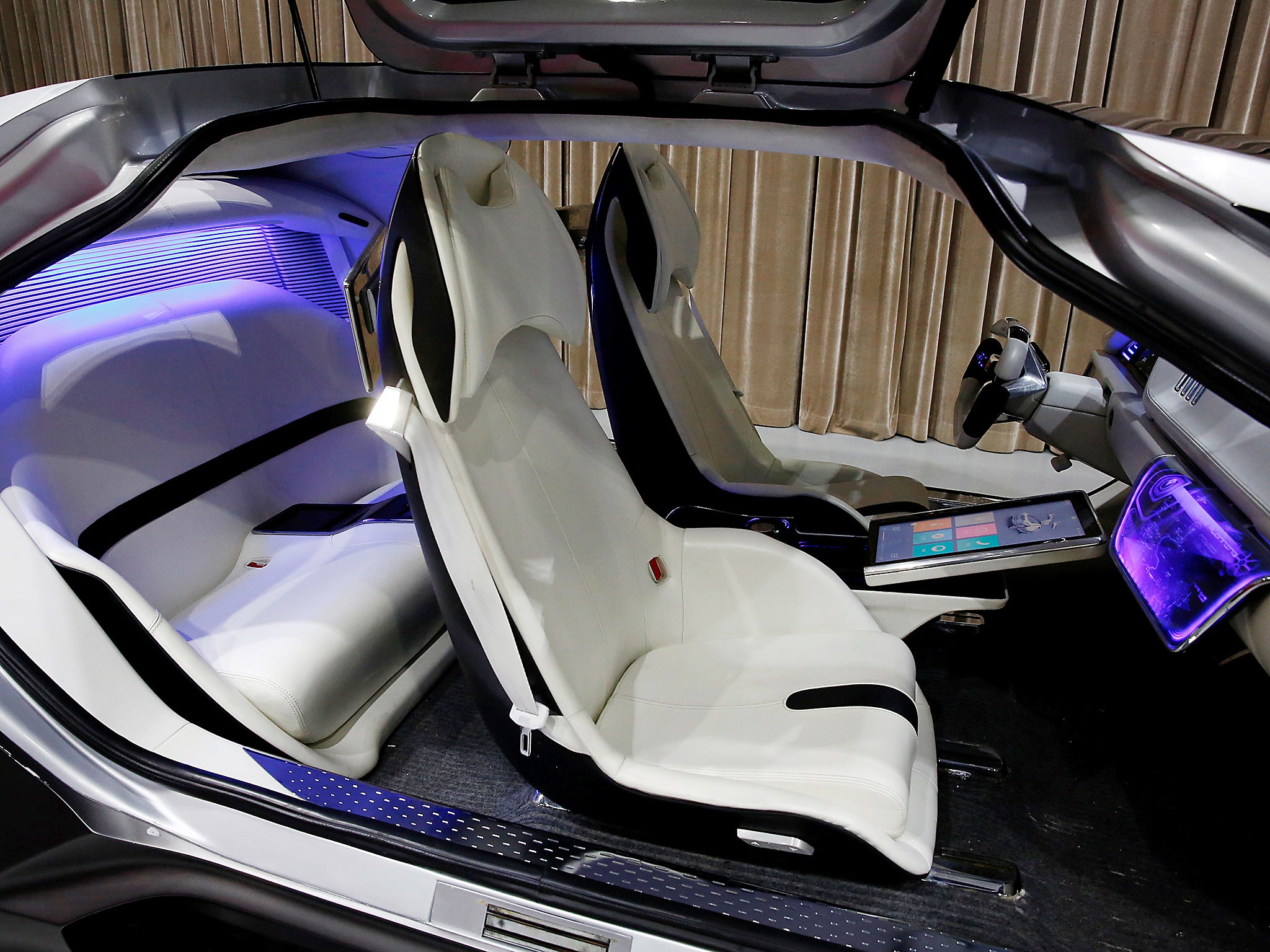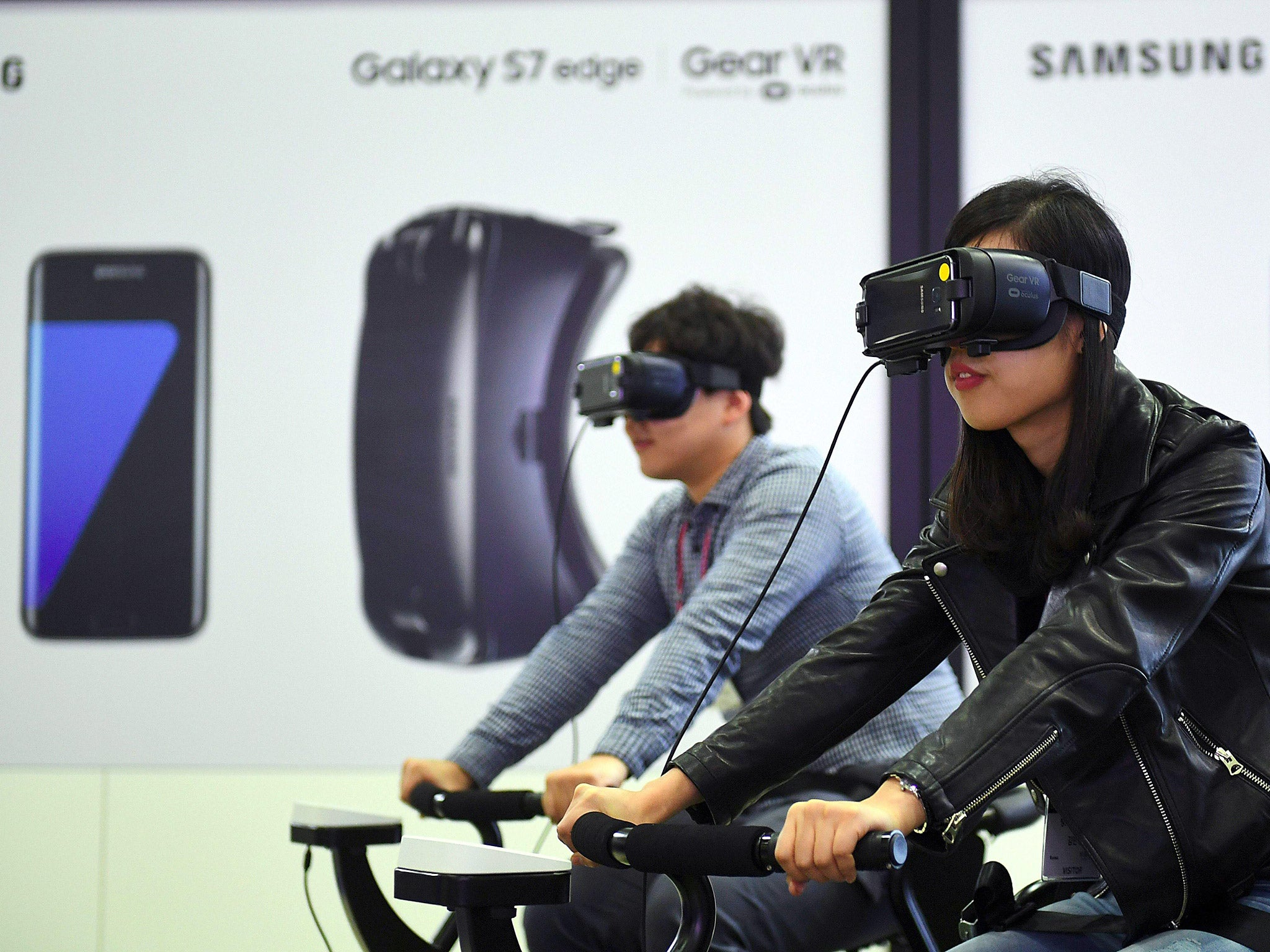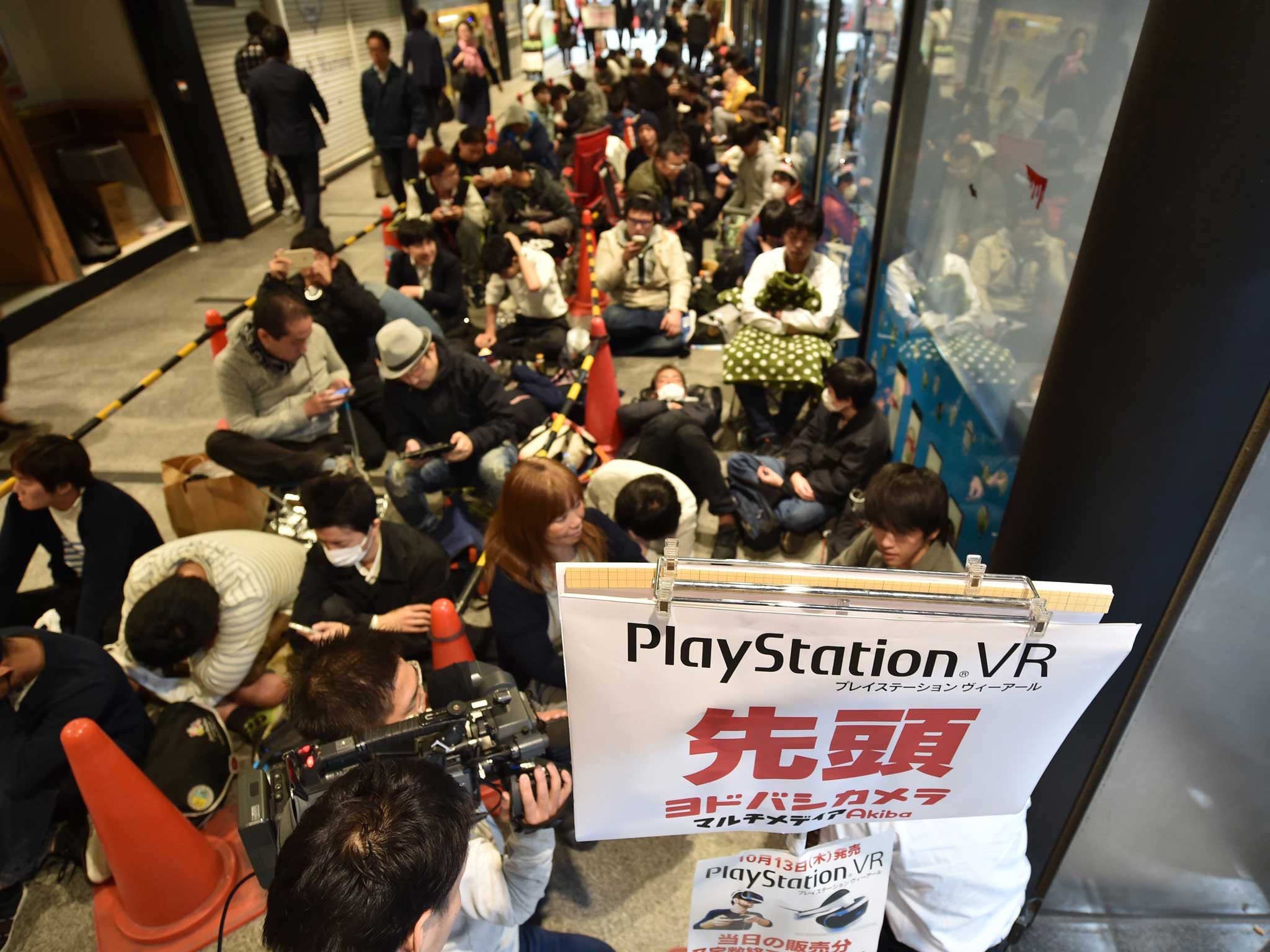Virtual reality and social media elections: Looking back at 2016 tech news and predictions for 2017
Virtual reality, augmented reality, the internet of things: what digital delights will this year offer?

Your support helps us to tell the story
From reproductive rights to climate change to Big Tech, The Independent is on the ground when the story is developing. Whether it's investigating the financials of Elon Musk's pro-Trump PAC or producing our latest documentary, 'The A Word', which shines a light on the American women fighting for reproductive rights, we know how important it is to parse out the facts from the messaging.
At such a critical moment in US history, we need reporters on the ground. Your donation allows us to keep sending journalists to speak to both sides of the story.
The Independent is trusted by Americans across the entire political spectrum. And unlike many other quality news outlets, we choose not to lock Americans out of our reporting and analysis with paywalls. We believe quality journalism should be available to everyone, paid for by those who can afford it.
Your support makes all the difference.Commentators had for years been threatening and falsely heralding the year of the “social media election”. And then in 2016 it arrived, messier and uglier than anyone would have expected. It was a fittingly frustrating and bizarre end to a year in technology that saw long-predicted futures arrive, but often not completely – and with more than a few problems.
It could all have been so different: this was supposed to be a year of elections and referendums in which the most informed citizenry of all time was going to vote, thanks to a combination of the knowledge powers assembled by companies like Google and the ability to discuss them that Facebook gives us.
Instead, it ended with both of those companies being implicated in a “fake news” scandal that saw them blamed for having confused an entire electorate. And other things were supposed to arrive last year, too, such as the beginnings of the smart home, with all our appliances hooked up to the internet, giving us the ability to control them from afar and them the ability to control themselves.
Virtual reality was supposed to begin, letting us inhabit faraway worlds by strapping screens to our faces. And other technologies such as artificial intelligence and robotics were supposed to continue their benevolent march on humankind, solving our problems and making us happier. Only some of those things happened, and most of them came with terrifying negative effects that threatened not only to hold back progress but undermine it entirely.
Over 2016, for example, it gradually became clear that the smart home – powered by the internet of things, or the various web-enabled appliances and gadgets in people’s houses – was also the most powerful cyber weapon ever developed. Connecting all of those things up to the internet might help them work better – but it also helped hackers take down huge parts of the internet with barely any effort at all. That was seen in October, for instance, when many parts of the world lost contact with the internet thanks to a massive cyber attack.
People couldn’t get online, and websites and apps based in affected places simply broke. It gradually emerged that the problems were the result of Mirai, a piece of malware that can infect unprotected devices – like internet webcams meant for checking on your house – and use them to direct huge numbers of requests to a certain website or server. That can then cause the server to break down, and if it’s an important one – as it was in October – it can cause the internet to melt down, too. It was a fitting bug in a year when people seemed regularly to be melting down as a result of too much internet and too little security.

Thankfully, or terrifyingly, 2016 felt like a transitional year that could lead to dystopia or to utopia. That could be seen in small ways, like Apple’s commitment to making products that seemed just a little too futuristic for their own good. It made MacBooks that got rid of the plugs that everybody used in order to make way for ones that, it promises, people will in the future; it got rid of the buttons on the front of its phone to get people ready for next year’s rumoured model, which won’t include even a virtual button; and it dropped the headphone jack, ready for wireless headphones that lots of people don’t actually own yet.
It could be seen in virtual reality, too – a promising technology that had been around for years but still found it difficult to make its way into the mainstream. It still seems to be that way, despite beautiful and exciting realisations of it – Google’s Daydream headset and PlayStation VR being the most notable of them – as people grapple with the very idea of strapping screens to their head.
In the best version of 2017, those things will improve. Virtual reality will get better, cheaper, easier and more publicly accepted, so that strapping your phone on to your head will seem less weird and more useful. And it will gradually morph into augmented reality, letting people add things to the real world in a way that was heralded by the huge popularity of Pokemon Go. As with that game, people are likely to make use of camera, sensor and processing technology to add useful things to our real world – though those evangelising for augmented reality will hope that it will last slightly longer than the brightly burning but quickly dying interest in Pokemon Go.

The terrifying nature of 2016 should give way to a slightly more cautious 2017. Fake news could be dealt with if people were more sceptical about what they read; routers used to take down the entire internet wouldn’t be a problem if internet companies like TalkTalk were a little more careful about the kit they gave out. That’s the utopian version of the technology of the future. But if this year has taught us anything it should be that anything that can go wrong will go wrong. Even more internet-of-things devices mean more powerful cyber weapons, and increasing reliance on them means an increasing danger of something very important going wrong. Virtual reality could even lead to our being stuck inside an entirely virtual world: that’s what tech billionaires like Elon Musk – who said that it was almost certain that we are already living in a kind of virtual simulation of our lives – have claimed. After the year we’ve had, we might hope they’re right.
Join our commenting forum
Join thought-provoking conversations, follow other Independent readers and see their replies
Comments